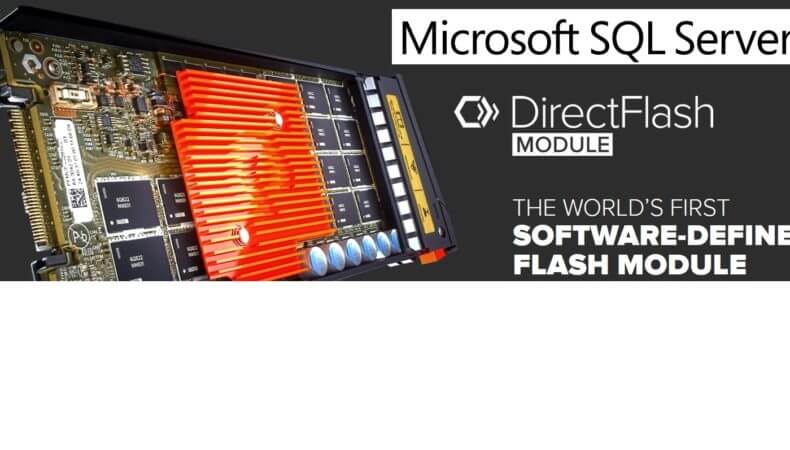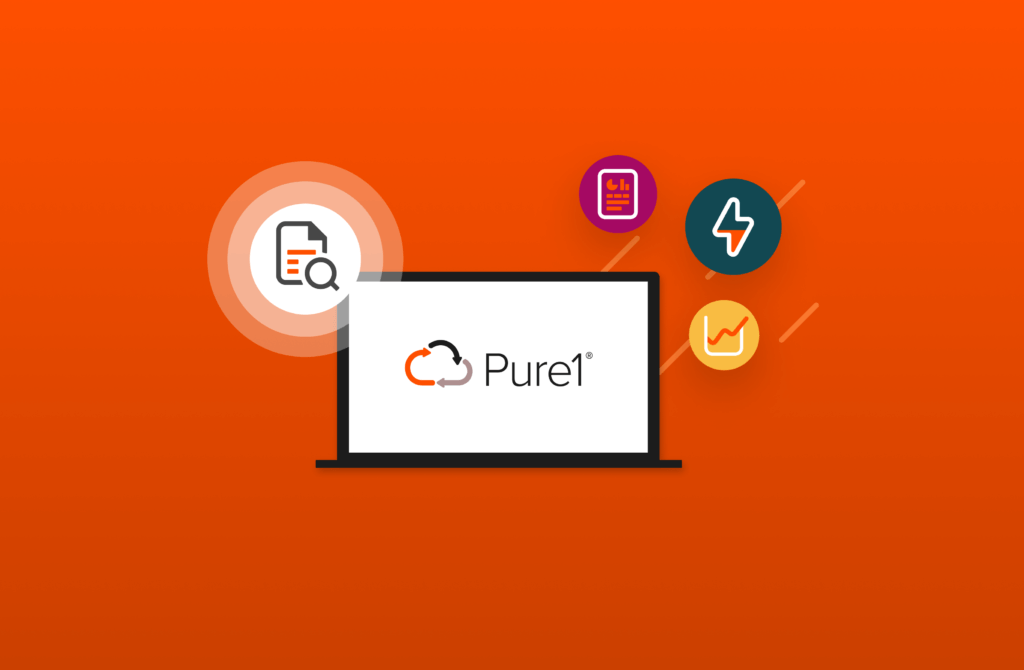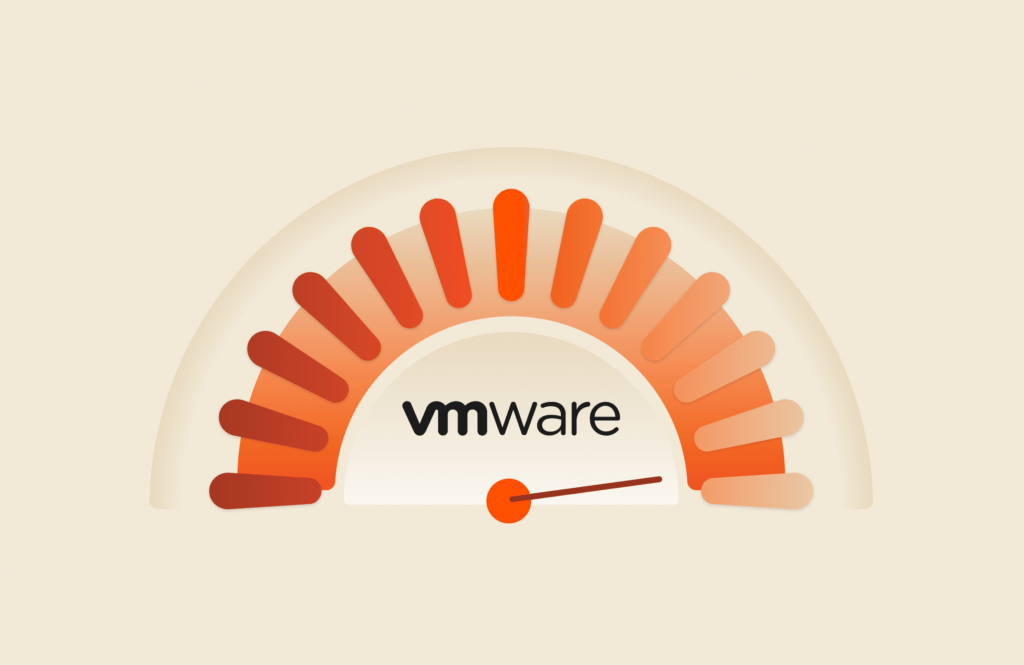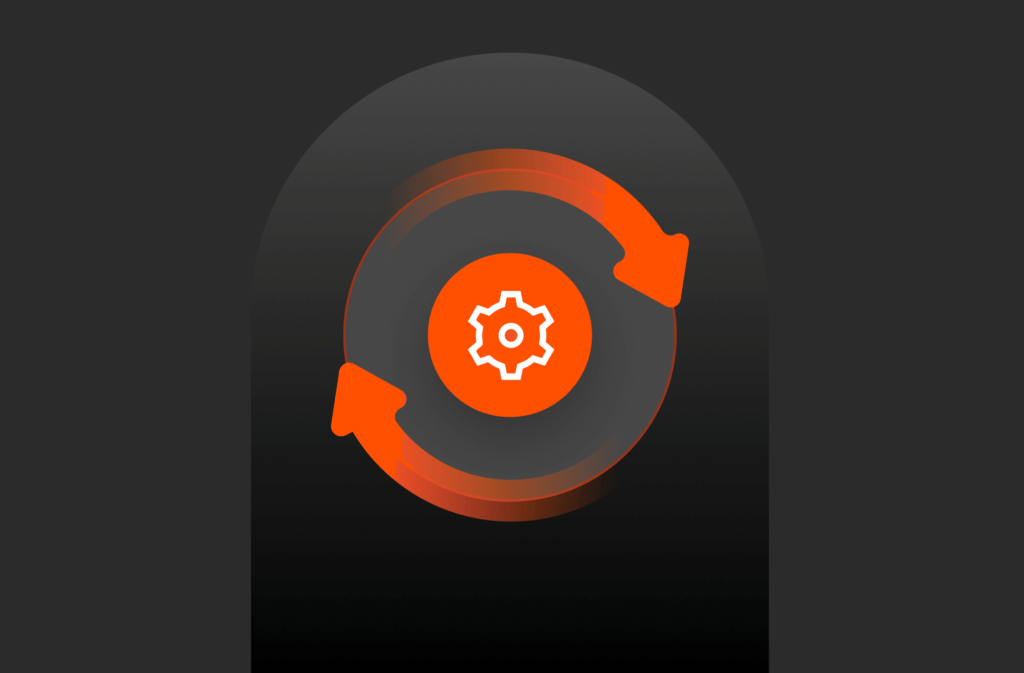The Pure Storage FlashArray with NVMe-oF delivers high performance in SQL Server environments providing steady write latency and bandwidth. Our tests using a real world SQL Server OLTP database workload with realistic data consisting of average 10K writes, and a read/write ratio of 20/80 resulted in tight standard deviation levels.
Write latency standard deviation resulted in 6 microseconds after 30 minute ramp time measured at the FlashArray storage layer 8 hour duration:
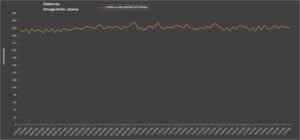
Write bandwidth standard deviation resulted in 6MB/s after 30 minute ramp time measured at the FlashArray storage layer 8 hour duration:

NVMe-oF Direct Attached Storage Headaches
On the surface NVMe-oF DAS (direct attached storage) sounds simple (i.e., just install some NVMe drives in a server) but looking deeper into the solution raises many questions.
DAS Drive Thermal Consideration
- DAS drive/cards have different thermal capabilities, so which drive/vendor should you choose?
DAS Drive Performance Considerations:
- Some DAS drive/cards will throttle performance for various reasons like heat levels, so how much and under what conditions?
- DAS drive/cards caching capabilities are different,so how will that affect your SQL Server workload performance (cache flush, cache thrashing etc.)?
DAS Drive Support Consideration:
- How is support handled between the DAS drive/cards, OS, and Server vendor?
- Do you have to worry about blame shifting when troubleshooting issues?
DAS Drive Firmware Update Considerations:
- How easy is it to update DAS drive/cards firmware for multiple drives across multiple servers? Is this process manual or automatic?
- What is the firmware update notification process like?
- For example, is it via the operating system, server, or drive vendor, and are these various update notification sources coordinating updates for you.
Server Thermal Considerations:
- Servers also have different thermal capabilities with regard to airflow and spacing that can be challenging to match the DAS drive/cards.
- Some servers have DAS drive/cards certification, but what if the DAS drive/cards you want to use are not certified with your server vendor?
NVMe DAS Resiliency Consideration:
- NVMe-oF DAS drive/card RAID controller card support is few and far between, it is a somewhat of a ‘wild west’ environment.
Summary
With the Pure Storage Flash Array you are getting an end-to-end engineered solution built with our DFM (Direct Flash Modules) and Purity operating environment. Updates are simplified performance is consistent and efficient.
Trying to match DAS drive/card components with servers has so many performance environment unknowns. Now you no longer have to rely on a generic DAS drive/cards vendor IO controller, instead with FlashArray DFM (Direct Flash Modules) we are the IO controller.
